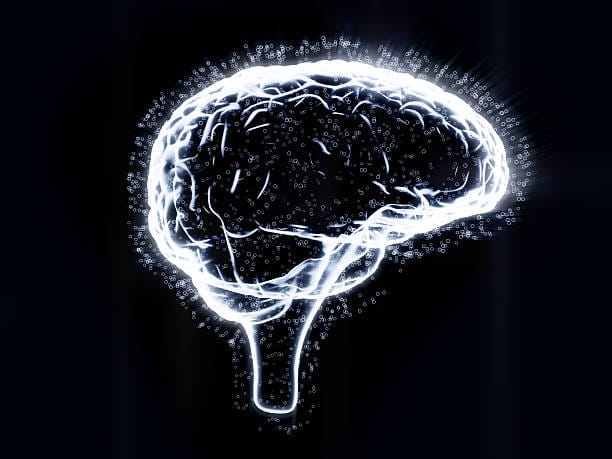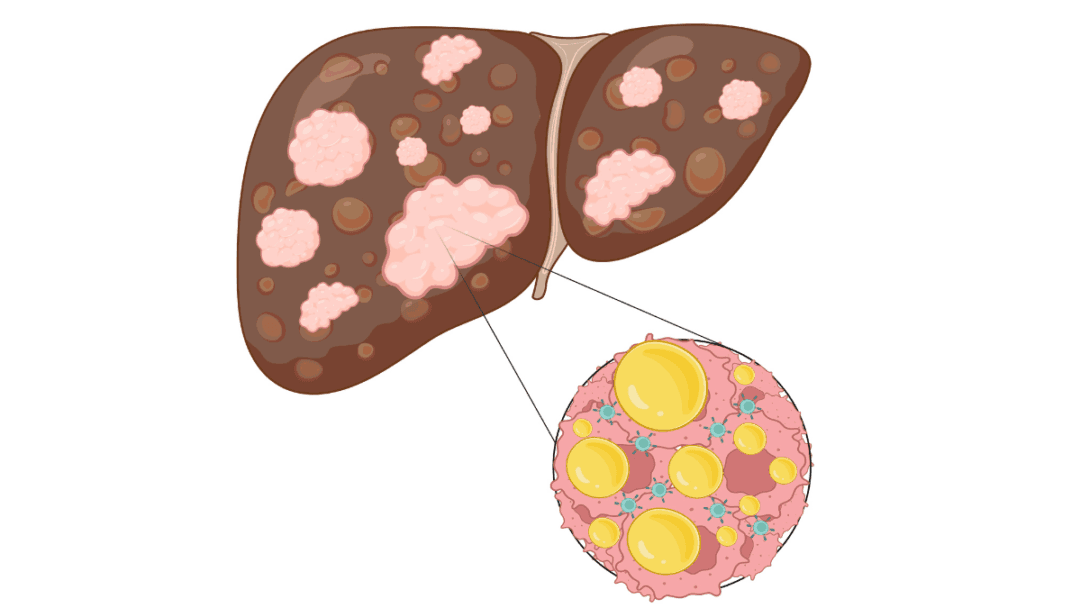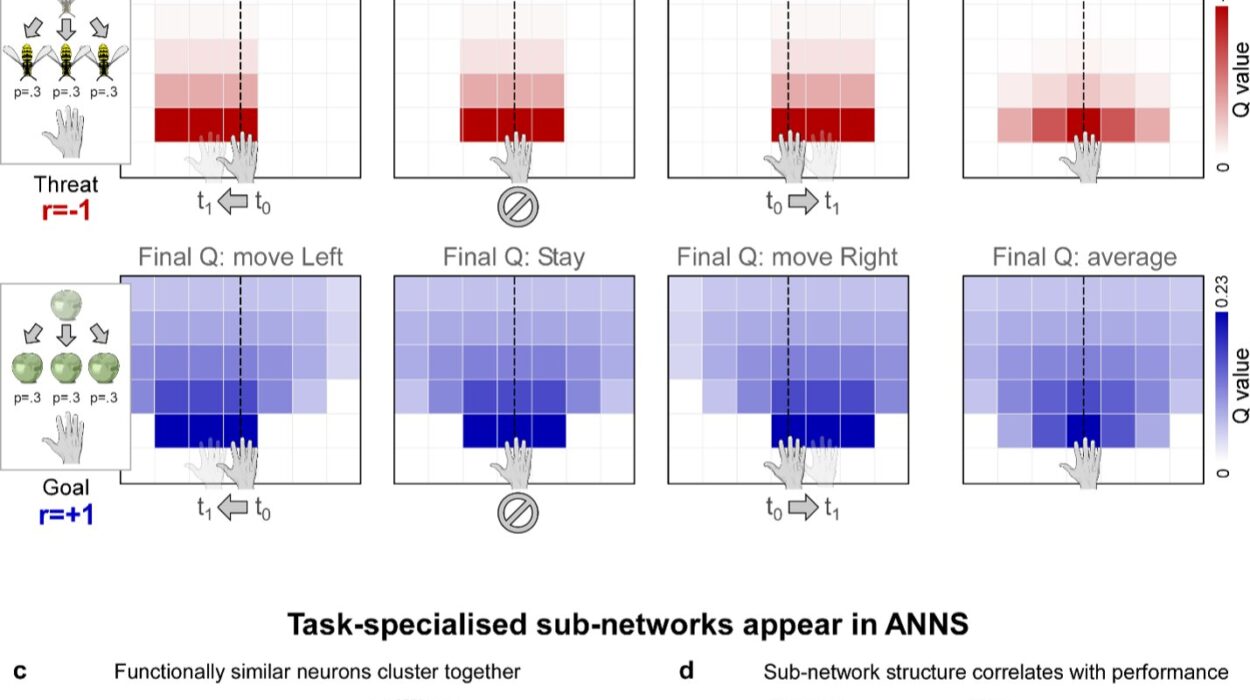In a world increasingly aware of mental health, therapy is more than just conversations—it is a profound biological process that changes the very structure and function of the brain. From deep-rooted trauma to anxiety, depression, and complex emotional patterns, therapy offers a path toward healing by reshaping neural pathways. But how exactly does this transformation occur? How does the brain, a seemingly fixed organ made of cells and circuits, change through words, relationships, and new experiences?
This exploration dives into the intersection of neuroscience and psychotherapy, revealing how the brain is far from static. Instead, it is malleable, responsive, and adaptable—capable of rewiring itself in response to therapy in ways that profoundly alter a person’s inner world and outer life.
The Brain’s Plastic Promise: Understanding Neuroplasticity
To understand how therapy rewires the brain, we must first grasp the concept of neuroplasticity—the brain’s remarkable ability to change and adapt throughout life. For decades, science assumed the adult brain was relatively fixed; once development in childhood ended, the architecture was set. This notion has been upended by modern neuroscience.
Neuroplasticity refers to the brain’s capacity to reorganize itself by forming new neural connections, strengthening some pathways, weakening others, and even generating new neurons under certain conditions. This process is the foundation of learning, memory, and adaptation. Every new experience, thought, and emotion can shape neural circuits.
Therapy taps into this plasticity by providing new emotional experiences and cognitive frameworks. It creates a safe space where old, maladaptive patterns of thinking and feeling can be challenged and replaced with healthier ones. The brain is not simply reacting to stimuli—it is actively reshaping its wiring to support resilience, insight, and emotional regulation.
The Emotional Brain: Trauma and Neural Imprinting
Our emotional lives are deeply embedded in the brain’s limbic system, a collection of structures including the amygdala, hippocampus, and hypothalamus. The amygdala plays a central role in processing fear and threat, while the hippocampus helps encode memories and contextualize experiences. When someone undergoes trauma or chronic stress, these systems become dysregulated.
In PTSD, for example, the amygdala becomes hyperactive, triggering excessive fear responses. At the same time, the hippocampus may shrink or malfunction, impairing the brain’s ability to distinguish past trauma from present safety. This neural imprinting traps individuals in a cycle of hypervigilance and distress, even when the danger has passed.
Therapy intervenes in these circuits by gradually exposing the brain to safety cues and reprocessing traumatic memories. Techniques like Eye Movement Desensitization and Reprocessing (EMDR) and trauma-focused cognitive behavioral therapy help recalibrate the amygdala’s response and strengthen hippocampal function. Over time, the brain learns that memories of trauma no longer signal immediate threat, diminishing the emotional charge and enabling healing.
Cognitive Restructuring: Remodeling Thought Patterns in the Prefrontal Cortex
While the limbic system is the seat of emotion, the prefrontal cortex (PFC) governs higher cognitive functions such as decision-making, impulse control, and emotional regulation. In many mental health disorders, the communication between the PFC and limbic system becomes disrupted, leaving emotions unchecked or thoughts distorted.
Therapy, especially cognitive-behavioral therapy (CBT), works by reshaping these cognitive patterns. By identifying and challenging irrational or maladaptive thoughts, patients activate the PFC to exert greater control over emotional responses. This process literally strengthens the neural connections between the PFC and amygdala.
Studies using functional magnetic resonance imaging (fMRI) have shown that after CBT, patients with anxiety or depression exhibit increased activity and connectivity in the PFC, which correlates with reduced symptoms. The brain learns new ways to interpret and respond to stressors, gradually rewiring thought-emotion circuits to support healthier coping.
The Role of Memory Reconsolidation in Therapy
One of the most fascinating discoveries about how therapy rewires the brain involves memory reconsolidation. Memories are not fixed records but dynamic processes. When a memory is recalled, it becomes temporarily malleable and can be updated before being stored again.
Therapeutic interventions often leverage this window of plasticity. By reactivating traumatic or painful memories in a safe therapeutic environment and pairing them with new, corrective emotional experiences, therapy can alter the emotional weight and meaning of those memories.
For example, a person recalling a memory of rejection may, through therapeutic dialogue and empathy, begin to reinterpret it as a situation reflecting others’ limitations rather than personal failure. This new emotional context is integrated into the memory during reconsolidation, reducing its power to cause distress.
Attachment and the Therapeutic Relationship: Rewiring Through Connection
Beyond specific techniques, the therapeutic relationship itself is a powerful agent of brain change. Human brains are wired for connection, and early attachment experiences shape the development of neural circuits involved in trust, safety, and emotional regulation.
Many clients come to therapy carrying wounds from insecure or traumatic attachments, leaving their brains stuck in defensive patterns of hypervigilance or withdrawal. The therapist’s consistent presence, empathy, and attuned responsiveness create a corrective relational experience.
This secure base allows the brain’s social and emotional networks to rewire. Oxytocin, often called the “bonding hormone,” plays a role in this process, promoting feelings of safety and connection. Over time, the brain learns to regulate stress responses better and to approach relationships with greater trust.
Mindfulness and the Brain: Cultivating Awareness and Self-Regulation
Many modern therapeutic approaches incorporate mindfulness practices, which involve cultivating nonjudgmental awareness of the present moment. Neuroscientific research reveals that mindfulness reshapes brain function in profound ways.
Regular mindfulness practice enhances activity in the PFC and reduces amygdala reactivity, thereby improving emotional regulation. It also increases connectivity between brain regions involved in attention, self-awareness, and empathy. Through therapy, mindfulness trains the brain to observe thoughts and feelings without automatic reactions, creating space for conscious choice and flexibility.
Mindfulness-based therapies, such as Mindfulness-Based Stress Reduction (MBSR) and Mindfulness-Based Cognitive Therapy (MBCT), have been shown to reduce relapse rates in depression and improve symptoms of anxiety and PTSD, highlighting their capacity to induce beneficial neuroplastic changes.
The Brain’s Reward System and Motivation in Therapy
Healing is not only about diminishing distress but also about activating the brain’s reward and motivation systems. Dopamine pathways in the brain underpin motivation, pleasure, and reinforcement learning. When therapy fosters small successes—such as overcoming a fear or practicing new behaviors—the brain’s reward system is engaged.
These dopamine-driven experiences encourage continued effort and engagement in therapeutic processes. Positive reinforcement within therapy strengthens adaptive neural circuits, helping clients to form new habits and perspectives that replace old maladaptive patterns.
The therapeutic journey becomes a self-reinforcing cycle of growth, where the brain is motivated to rewire itself toward healthier functioning through the rewarding experience of progress.
The Science of Habit Change: Breaking Old Patterns, Building New Ones
Much of mental distress stems from deeply ingrained habits of thought and behavior. Whether it’s the repetitive negative self-talk of depression or the compulsions of anxiety disorders, these patterns are reflected in stable neural circuits.
Therapy acts as a catalyst for habit change by repeatedly practicing new thoughts, feelings, and behaviors in a supportive context. This repetition strengthens synaptic connections in relevant brain areas through a process called long-term potentiation.
Over time, the brain’s plasticity allows these new circuits to overshadow and weaken old maladaptive pathways. The client’s internal landscape changes, with healthier habits becoming the default mode of brain functioning.
Neurochemical Changes: The Invisible Shifts Underlying Therapy
Therapy also induces shifts in the brain’s neurochemical environment. Stress hormones like cortisol, which are elevated in anxiety and depression, can impair brain plasticity and neuron health. As therapy helps reduce stress and promote emotional regulation, cortisol levels decline, allowing the brain to heal.
At the same time, levels of neurotransmitters such as serotonin, dopamine, and gamma-aminobutyric acid (GABA) improve, supporting mood stabilization, reward processing, and inhibitory control.
These neurochemical changes complement the structural and functional brain rewiring happening through therapy, providing a biochemical foundation for sustained recovery.
The Role of Genetics and Epigenetics in Therapy Response
While the brain’s plasticity offers hope, not all brains respond identically to therapy. Emerging research in genetics and epigenetics—how gene expression is regulated by environmental factors—reveals why some individuals benefit more quickly or deeply than others.
Therapy itself can induce epigenetic changes, “switching on” or “off” genes involved in stress responses and neural plasticity. This highlights the profound interplay between environment, experience, and biology in mental health.
Understanding these mechanisms helps personalize therapeutic approaches and offers promise for enhancing the brain’s capacity to rewire through tailored interventions.
Stories of Healing: When Science Meets Human Experience
Behind every scientific explanation lies a deeply human story. Consider Maria, who entered therapy crippled by the weight of childhood abuse. Her brain’s amygdala was perpetually on high alert, flooding her with anxiety. Through trauma-informed therapy, she gradually rewired her fear circuits, learning to differentiate past danger from present safety.
Or James, who suffered debilitating depression. Cognitive therapy helped him dismantle negative beliefs engrained in his prefrontal cortex. Slowly, the fog lifted as new pathways for hope and motivation emerged.
Their journeys illustrate the brain’s capacity for transformation—a testament to the healing power of therapy, science, and human connection.
The Future of Therapy: Harnessing Neuroscience for Deeper Healing
As neuroscience continues to unravel the mysteries of brain plasticity, therapy stands on the brink of a revolution. Innovations such as neurofeedback, brain stimulation techniques, and virtual reality are being integrated with psychotherapy to accelerate and deepen rewiring.
These tools promise to make therapy more precise and effective, tailoring interventions to individual brain patterns. Yet the core truth remains: at its heart, therapy is a relational, emotional process—a human endeavor that ignites the brain’s own capacity to heal and grow.
Conclusion: The Brain’s Journey from Broken to Whole
Therapy is not magic, but it may sometimes feel that way. It is the deliberate cultivation of change within the brain’s dynamic neural networks, guided by insight, empathy, and commitment. By leveraging neuroplasticity, therapy transforms pain into growth, fear into courage, and isolation into connection.
In rewiring the brain, therapy rewires the very essence of our experience—opening doors to new possibilities, deeper understanding, and richer lives. It is a testament to the human brain’s incredible resilience and the enduring hope of healing.






